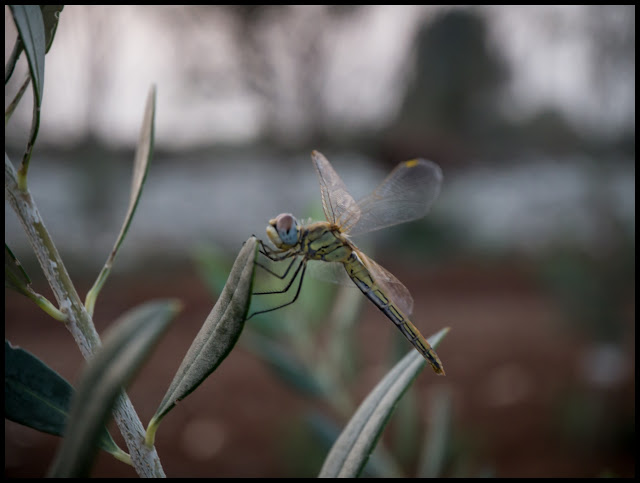The autumn days have their specific scents, with one giving berth to the other, each year, with the same regularity and predictability. It all starts with the southern winds bringing the humidity and saltiness much needed after the dry summer, perfumed by the flowering origano, lavender and pinetrees. The first autumn scents to take over the streets of my town are those of the fermenting grapes, later replaced by the bitter odour of the grape pomace during the grappa production. Later, at the time when the first chimneys awake after the long pause, and the burning wood slowly but persistently permeate each corner of the town, the olive oil mills come back to life with their dimmed sound, and the bitter smell of crushed olives takes control for several months. In the evening, sun already fallen, one would expect a small province town to fall even to quieter existance than usual. But it is then that the oil mills burst into life, with tens of vehicles bringing the harvest of the day, and many more passers by stopping and inquiring about who picked which cultivar, and check the looks and quality of the olives, all good starting points for a bit of conversation and why not, a glass of wine.
For some (to me) unfathomable reason, my 3 year old daughter is fascinated by the oil mills, so each walk we take in the evenings has to stop at one of the mills, where for about one hour she checks every stage of oil production, from the olives and their looks, to the taste of the final product. No need to say she is already a habitue' of our mills, promptly greeted by the mill workers. Which brings me to a necessary apology: the pictures that follow were taken with my daughter in one hand, and a pretty poor lightning, but anyway will give you an idea how the olives are processed and the olive oil is made.
 |
| Olives (bianchera, busa, leccino) stored in a 400kg box, waiting to be processed |
 |
| Another box, probaby frantoio, looking at the colour and shape |
 |
| And yet another, here we see the fruits of the bianchera cultivar |
 |
| First stage: the olives start the process by being feeded to the washer |
 |
| Empty feeder (with my daughter, we always have to wait here until empty...) |
 |
| Washing time: the green shadows above the water are actually olives falling in the pool) |
 |
| Nice and clean, the olives move on to the crusher |
 |
| It may not look as much, but here is where the olives get crushed in a green/brown pulp |
 |
| This is where the oil extraction takes place. The pulp is continuously mixed until... |
 |
| ...after filtering and separation, the oil makes the first appearance! |
For those inclined in a more technical explanation, look
here. I will follow up more in detail on oil mills later.

































